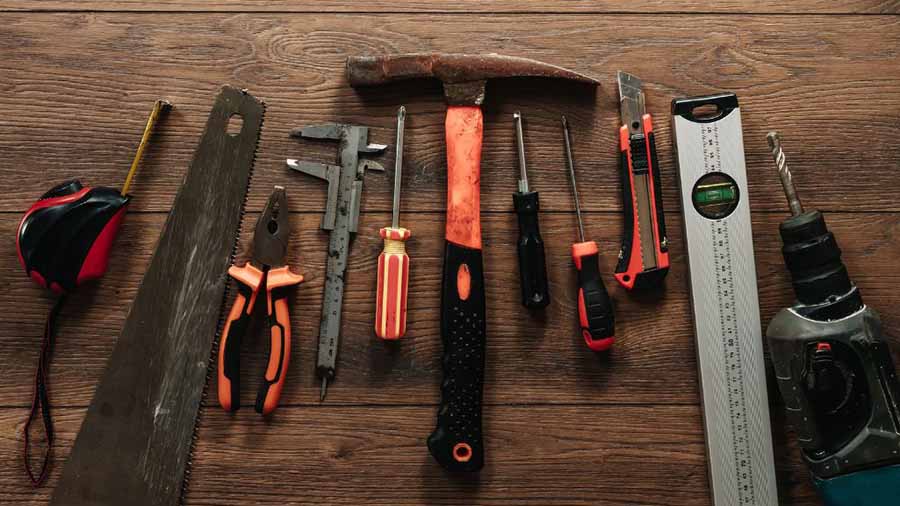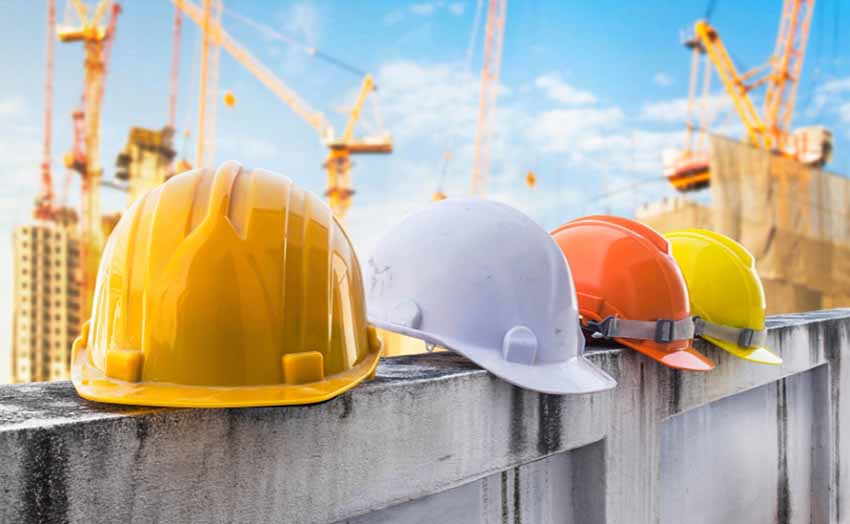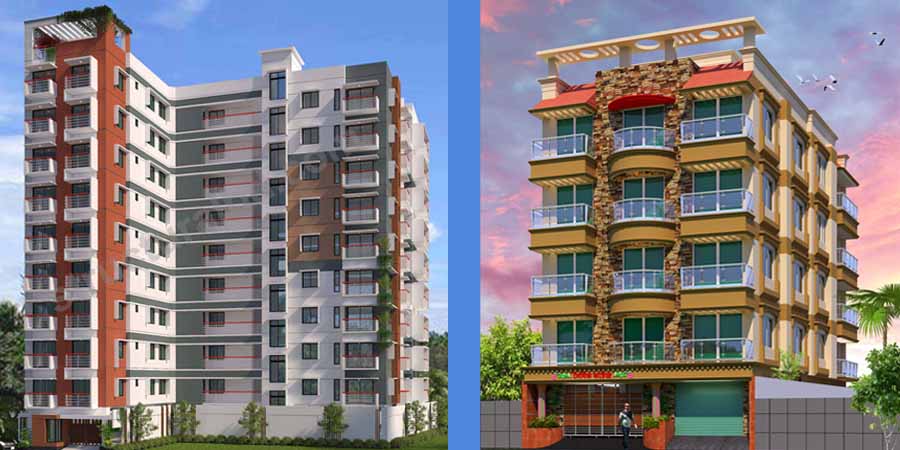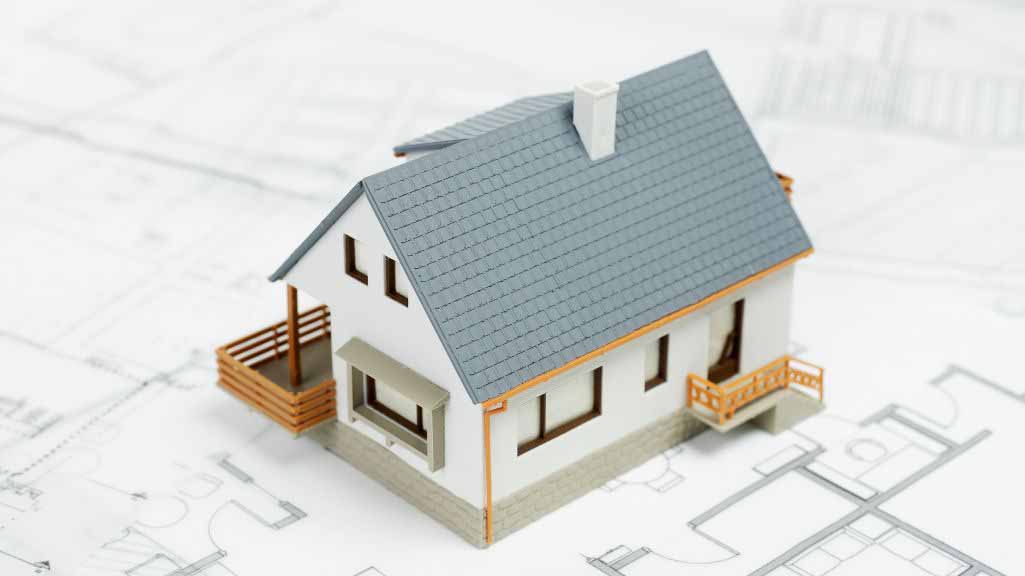If you are planning to build a house, you need to consider what material to use for the building that will ensure safety and durability. Among many best house building materials you can pick one like concrete, stone, lumber, brick, and steel. However, decide which material to use depending on the budget, aesthetic, and climate.
While building a house, there are so many decisions that need to be made, among them one of the difficult is finding the right material. As a building owner, you need to consider strength, aesthetics, sustainability, and durability while selecting materials. The choice of material is very important for building construction and will ensure safety for the rest of the time of your life.
What is the best house building material? Among the most common materials like steel, stone, brick, and lumber are all durable choices that ensure various uses. Except for this traditional material you can consider sustainable material which is being popular. There is another option of modern home building material.
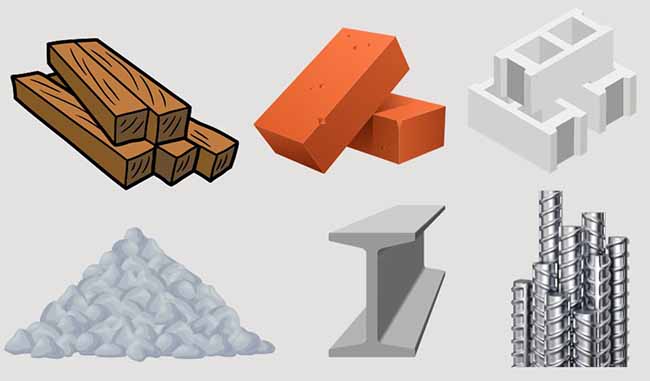
Traditional Best House Building Materials
In the past, laborers used conventional building materials like clay, stone, brick, and wood to construct dwellings. Even though the majority of these materials are still often used in home construction, many of them have changed in function throughout time.
Wood
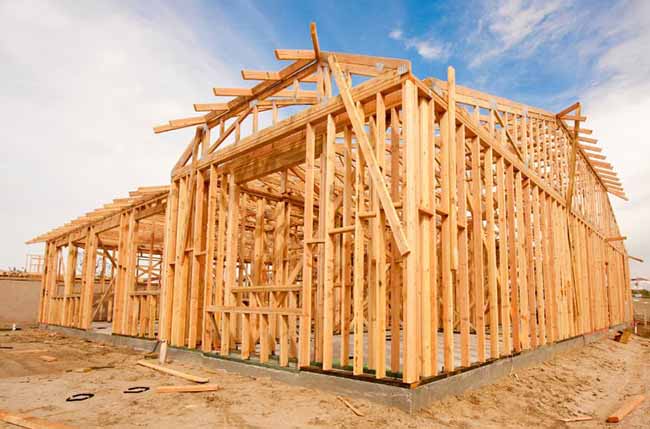
Wood has been a common resource for building homes for thousands of years and has been used to construct shelters and other constructions. Even though there are many synthetic materials and alternatives accessible today, wood is still a crucial component of many building projects.
Wood is more reasonably priced, lightweight, and simple to deal with than other materials. Siding and drywall may be readily attached to it. It also provides a certain amount of insulation, which helps keep chilly air out and warm air in, regardless of the kind of structure.
Although it can seem harmful to the environment to cut down hundreds of trees to provide wood for construction projects, it doesn’t have to be.
For their new construction, homeowners may purchase wood from ethical lumber providers committed to sustainable forestry. Naturally, costs could be a little bit more than for wood obtained from other vendors, but if sustainable deforestation is a must for you, there’s always that choice.
Nevertheless, using wood in buildings has disadvantages. For example, compared to other materials, wood only lasts a few hundred years, is prone to moisture damage and fires, and can become infested with termites and other harmful pests.
The price of a wood home varies according to the style of construction. For instance, the cost per square foot of constructing a hardwood log home should range from $125 to $300. However, the cost per square foot for a timber-frame house would likely run between $200 and $250.
Concrete
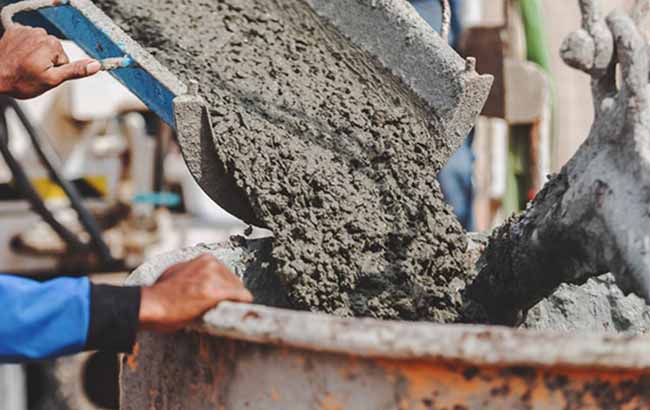
Whether it is used for the walls and supports or the foundation, concrete is a frequent best house building material in modern construction. It is robust, long-lasting, and requires little upkeep. It efficiently regulates the moisture in the soil surrounding it and the weight of the building resting on top of it.
To make a concrete foundation or house, laborers pour concrete into molds that shape the structure. The rebar network inside the forms gives the mud additional strength.
Cement and water are combined to create concrete, which solidifies into a very durable substance. After the material dries, workers remove the forms, leaving behind the freshly formed building.
Brick
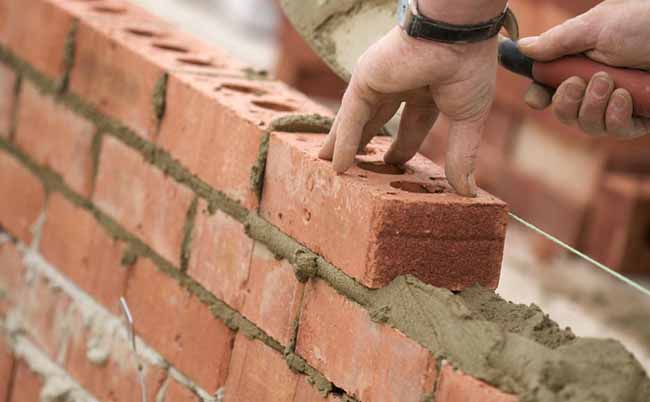
Bricks are a common building element in many antique dwellings, even though they have been there since 7000 BC in Turkey. Bricks were a common building material in the American colonies. At the construction site, laborers used molds and clay to manually make the bricks. Workers carefully stacked the bricks on top of one another using mortar to “glue” them together once the bricks had dried.
Even though brick homes are strong and long-lasting, they aren’t nearly as common nowadays. Bricklaying requires a lot of personnel and is a time-consuming procedure, which is why many homeowners choose to use other materials instead of bricks. Furthermore, brick home maintenance is a labor-intensive operation.
Steel
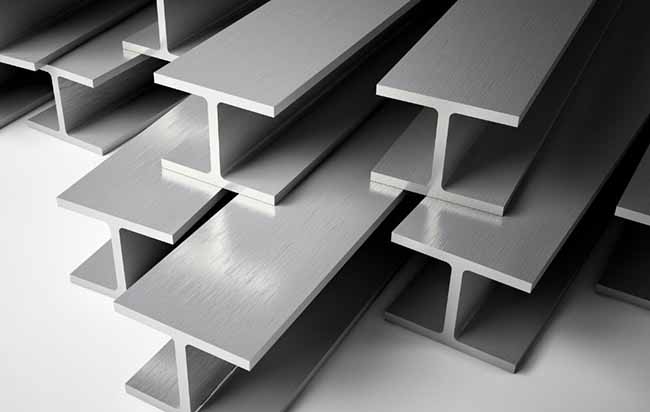
Steel is another common structural element and best house building material that delivers remarkable strength without being unduly heavy and is resistant to fire. Steel is commonly used in construction for huge, multi-story structures, industrial complexes, and manufacturing plants due to its inherent properties.
Steel has several advantages over wood since it is not affected by fire, dampness, or termites. It can readily support expansive, open floor plans without sacrificing the building’s structural integrity, and it can last for generations. Steel is also pliable, which enables designers and architects to create unusual and distinctive building designs.
Stone Cladding
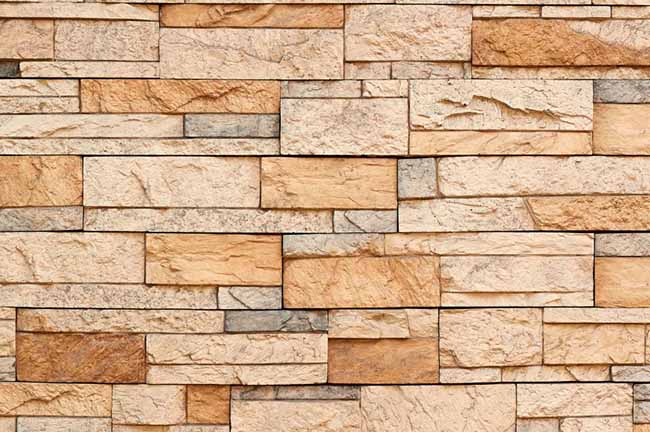
Stone was once often utilized to build the walls of huts, even though it is no longer commonly employed for load-bearing dwellings. On top of the stone walls of these cottages were frequently thatched roofs. These days, stone is frequently used by home builders to simulate stone walls.
But that’s an illusion because most contemporary homes only have stone siding. The material is beautiful, long-lasting, and available in a range of hues, forms, and sizes. Although real stone provides an attractive exterior for your house, the installation method necessitates more effort due to the stone’s large weight.
Masonry
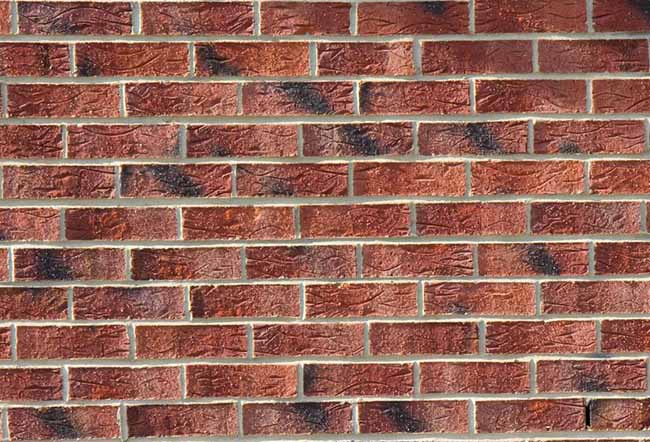
For millennia, masonry has been a widely used construction material. The Greeks and Egyptians built magnificent temples with marble and brick, while the Egyptians utilized enormous stone blocks to build their pyramids. Masonry is still a common construction material nowadays.
It is available in a variety of forms, hues, sizes, and compositions and functions admirably as a load-bearing material for multistory structures. Homeowners now have more chances to use their imaginations in their new residences.
Of course, there are disadvantages to masonry. The added weight of bricks, stones, and blocks means that installation takes longer than expected. Furthermore, skilled craftspeople are frequently required to complete the project.
Masonry can refer to a variety of construction materials, such as concrete blocks, stone, and clay bricks. Costs vary because masonry for your building project might relate to various materials.
Energy-Efficient Home Building Materials
The topic of energy efficiency has grown in importance for prospective homeowners. How will you reduce your energy expenses? How are you going to lower construction costs? How are you going to lessen the influence you have on the environment?
You should ask yourself all of these important questions during the process. Fortunately, answers to these queries are now a lot more doable because of recent technology breakthroughs.
Recycled Steel
Steel is easily recyclable since it is durable and lasts for generations. The Steel Recycling Institute (SRI) creates construction materials, enabling builders to purchase steel beams and panels that are precisely tailored to the design of the home.
Because recycled scrap steel uses less material to produce garbage, it is very good for the environment. Additionally, by reducing the energy required to make steel by 75%, this renewable technology may dramatically lower the carbon footprint of a new home. Approximately 65 tons of scrap steel are recycled annually and are repurposed for different industries by the SRI.
Insulated Concrete Forms
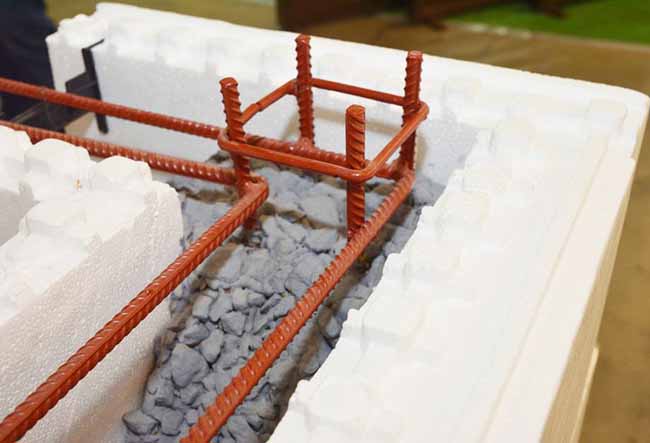
Concrete forms are not a recent development; the technique dates back around 60 years. However, as more people become aware of the possibility of utilizing this material to save energy, insulated forms are once more making waves in the building industry.
After the concrete hardens, workers leave the insulating forms bonded to the concrete rather than removing the shaping forms. They are frequently utilized in building blocks and freestanding walls, where they constitute an integral component of the construction.
Structural Insulated Panels
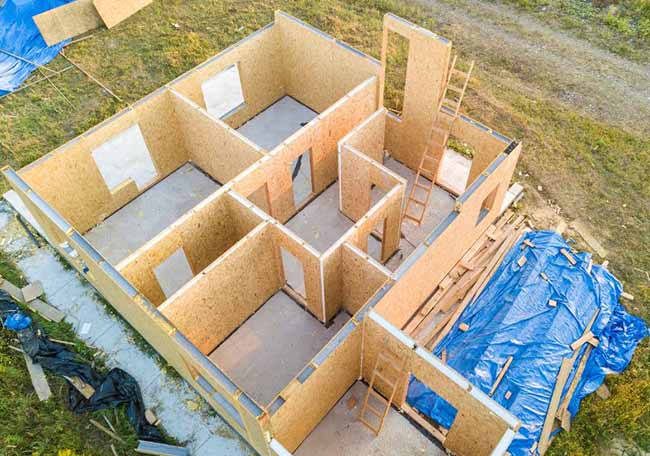
These panels are made of foam insulation sandwiched between sections of strand board, plywood, or cement. They are referred to as structural insulated panels (SIP). According to some estimation, SIPs can reduce energy expenses for homeowners by almost 50% when compared to conventionally built homes.
The material may be used by builders for load-bearing walls, basements, floors, and foundations.
Recycled Lumber
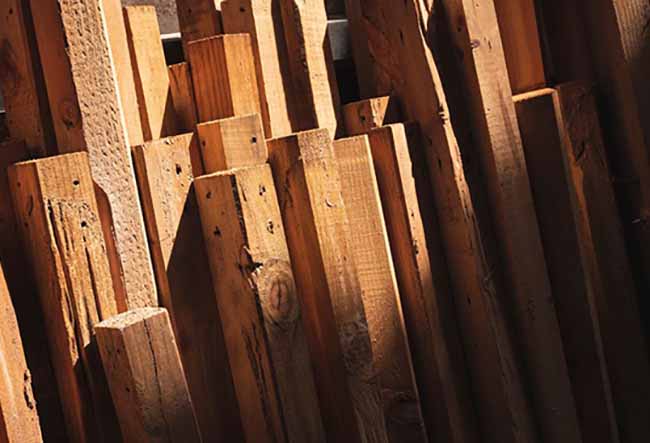
Composite timber may be produced when people recycle lumber. Composite timber is composed of a 50/50 blend of waste plastic and wood fibers. Because the wood fibers provide additional strength, it is more robust and less poisonous than conventionally treated lumber. It is also stiffer than pure plastic lumber.
Although it costs a lot more than traditionally treated timber, this composite material is more resistant to rot and mold.
Solar Panels
Solar panels sometimes referred to as photovoltaic systems or PV systems, are a great method to generate energy and reduce your reliance on the grid for electricity. It also lowers emissions. Sometimes, solar energy systems may supply your home with all the electricity it needs. Depending on where you live, this number may significantly decrease in the winter as bright days become scarcer.
High-Performance Windows
According to the US Department of Energy, heat gain and loss through windows accounts for between 25 and 30 percent of the energy used for household heating and cooling. Therefore, to reduce these expenses, homeowners wishing to construct an eco-friendly home may want to think about adding high-performance windows.
Bamboo Plywood and Hardwood
Bamboo grows quickly, but it doesn’t stop builders from using it as “wood” to construct houses. It spreads quickly, acquiring one millimeter every ninety seconds, and is a great substitute for trees that grow slowly.
Bamboo plywood and hardwoods are up to three times tougher than regular hardwoods and are inherently pest-resistant. They are also easy to acquire and maintain. It performs admirably in every setting, particularly moist ones like the restroom.
Rammed Earth
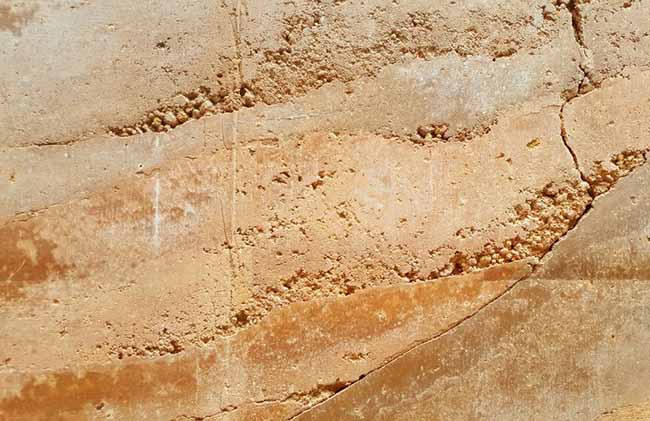
Homesteaders excavated out in the ground in the past, which provided good thermal mass. People could escape the oppressive heat during the summer months since the little dwellings remained cool. In the southern regions of the US and Mexico, adobe constructions were typical.
Although it may appear like an outdated construction material, rammed earth may still be used to construct a new house. Building regulations for rammed earth dwellings are outlined in China, New Zealand, and Peru; the United States has not yet instituted such codes.
While using rammed earth as a natural material is a possibility, prospective homeowners in the United States may find it difficult to locate qualified artisans to complete the job.
Straw Bales
Thousands of straw bales are produced as a byproduct of the grain business, and unless they are burnt, many farmers and ranchers utilize them as bedding for different animals. Although constructing a home out of straw bales may bring to mind stories of the great terrible wolf, straw bale homes are more substantial than you may imagine.
Since straw adheres well to plaster and stucco, home construction companies can use bales of straw as insulation behind these walls. These bales have a millennium of life if kept dry. The weight of each bale ranges from fifty to ninety pounds, so around 300 medium-sized bales would be needed to construct a 2,000-square-foot home.
However, due to its flammability, straw insulation is prohibited by building requirements in many places.
Modern Home Building Material
If you’re considering creating a modern custom house, these six best house building material are excellent options for your next construction project:
ICF Framing
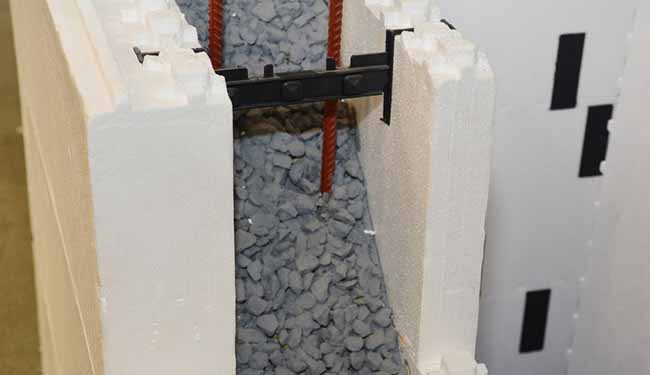
This is known as insulated concrete forms, or ICF for short. These concrete walls have two layers of foam insulation sandwiched in between. With the look of a jigsaw, these parts come together to produce a highly insulated housing. In California, homes made of this modern best house building material are resistant to weather, pests, and energy consumption.
Synthetic Shingles
Synthetic shingle materials now come in far higher grades. Among the many benefits of synthetic shingles are their low cost, resistance to weather, durability, and standard roof look.
For this reason, home builders and building material companies always recommend this synthetic material when advising on the best material to create a house out of.
Fiber Cement
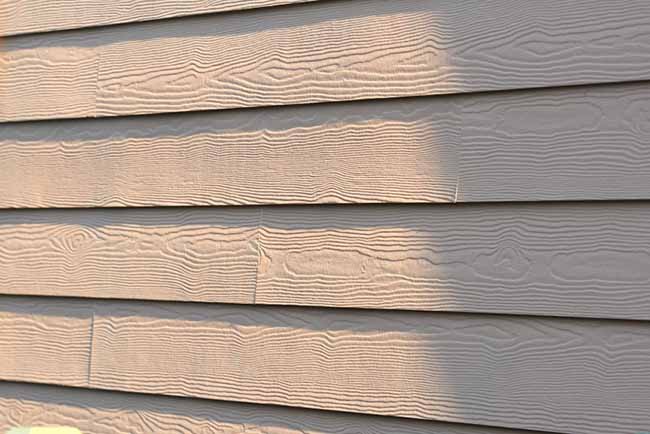
Siding is another important part of the house. Given the abundance of siding options, fiber cement siding is one of the most often used building materials among homeowners and contractors.
Fiber cement may mimic the appearance of stone, wood, and other materials, much like fake shingles. However, these are more weather-resistant, fire, corrosion, and bug-resistant than traditional construction materials, and they function well in all types of conditions.
Permeable Paving
Consider adopting a permeable pavement system for driveways if the area where you are developing your home receives a lot of rainfall. These paving methods facilitate the collection of rainfall.
It is therefore beneficial to have a sidewalk or road that absorbs water as soon as it seeps through the ground. Even this type of system will reduce runoff, eliminate standing water, prevent flooding, and protect water.
Engineered Quartz
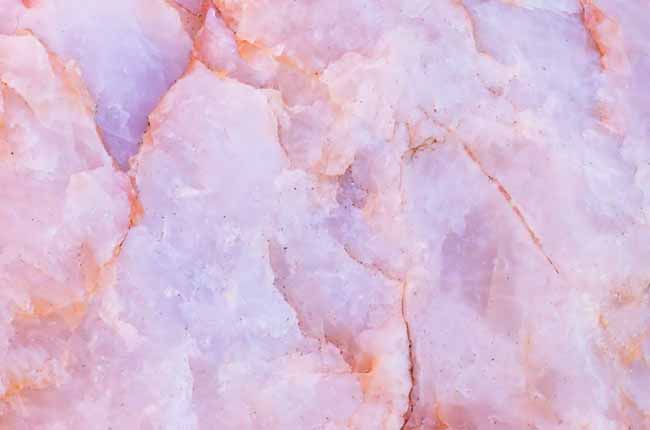
Engineered quartz is comprised of 5% polymer resins and 95% ground quartz. This high-end building material has an elegant look, is non-porous, and is resistant to heat and scratches. This material lasts a long time with little upkeep.
Light Hardwood
For a unique and modern look, bleached or naturally white timber is a fantastic choice. One of the best building materials is light hardwood, which will give your home a sleek, contemporary appearance. If that’s your thing, two tree varieties that are reasonably priced for any budget are white oak and white ash.
How to Pick Out Building Materials
There are many things to think about while building a house. You need to take into consideration a variety of factors, including climate, money, and design preferences while choosing materials.
Deciding without being overwhelmed when presented with all these issues might be challenging. Below is a discussion of how to choose your resources; keep reading.
Review Your Budget
Building a house is an expensive process, so you want to be sure you’re getting the best deal on all the supplies you need while considering your options. Get quotations from many manufacturers or suppliers so you may compare costs and material availability when you’re examining your materials budget.
The last thing you want to happen is find out that your preferred materials are not within your budget, therefore take care of this at the pre-construction stage.
Consider the Climate
Certain materials might not be suitable in some climates. For instance, genuine hardwood flooring may not be appropriate in high-humidity environments since they might distort over time. You may trust local home-building authorities to provide you with advice if you’re not sure whether materials are climate-appropriate.
Double-Check for Durability
When constructed with the proper materials, a house may withstand many lives with little need for maintenance. All of the aforementioned materials are long-lasting and may endure for many years with the right insulation and maintenance.
Think About the Installation
Specialized subcontractor teams are required for the installation of certain items. When committing to specialist materials like stone and brick, be sure to budget (both financially and temporally) and avoid waiting for other teams to arrive at the job site, which might prolong your schedule and increase your costs.
Weigh Your Sustainable Options
Do you think sustainability matters? If so, there are several ways to increase a home’s sustainability. It’s crucial to remember that a lot of these sustainable solutions could be more expensive and difficult to get. Be sure to budget for sustainability if it’s a major priority.
Don’t Forget About Aesthetic
Don’t limit yourself to using long-lasting, low-cost building materials when choosing materials for the house; everyone wants a home that suits their design aesthetic. Think about what your dream home needs and what truly makes a house a home.
Is the hearth made of stone? Or bare brick? Or a big wrap-around porch made of wood? When organizing your resources, don’t forget to take these crucial design components into account.
Final Word: The Best House Building Material
What building material is used for building has advantages and disadvantages. You see there are many factors for selecting the best house building material. One might be ideal for one but many not are for others due to surrounding conditions. So, know about any material and then decide on it.
Note that: choosing the best house-building material for any home is an important decision. But most house owner does not understand this and get into building construction. If any house owner does not know about the material needs to consult with a professional. It will reduce so many hassles in the future.
Best House Building Material FAQ’s
There are a lot of questions when choosing materials and building a house. These are some of the often-asked questions concerning building materials.
Which Best House Building Material for Has the Longest Lifespan?
Steel is a robust and durable material that is frequently utilized in constructing structural elements. Strong winds and earthquakes are two natural factors that steel-framed buildings can resist. If steel structures are properly maintained and protected against corrosion, they may last for a very long time.
What are Some of the Most Affordable Materials for Building a House?
Likely, you’re still adhering to a budget even if you’re building a lavish home. Now let’s examine some excellent choices that also happen to be reasonably priced building supplies. Low-cost building materials for homes include:
- Concrete blocks
- Lumber
- Structural insulated panels
- Vinyl siding
- Asphalt shingles
It’s crucial to take availability into account while evaluating affordability. If timber sounds like a good deal but isn’t readily available in your area, shipping it can be more expensive than choosing an alternative.
What is the Strongest Wood to Build a House With?
Certain wood species are recognized for their exceptional strength when it comes to building a house. Strong and appropriate for home construction include species of oak, Douglas fir, and southern yellow pine. It’s important to take into account what is easily accessible in your area when utilizing natural wood.

